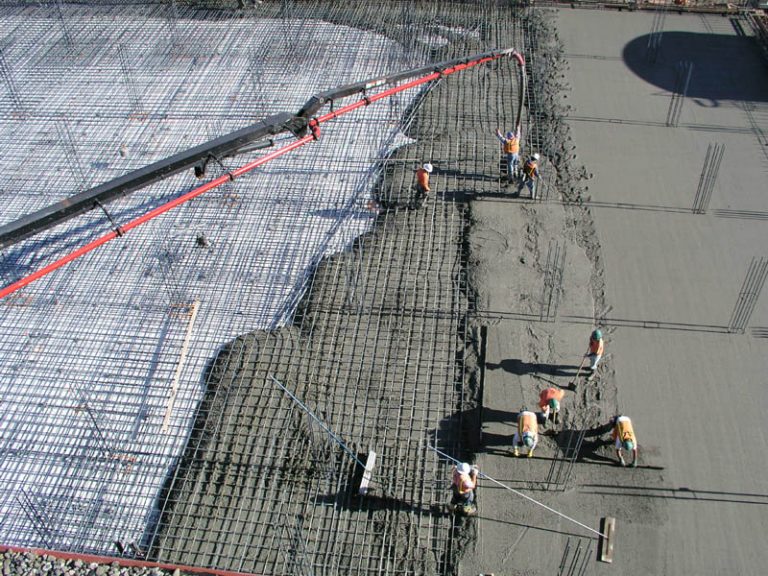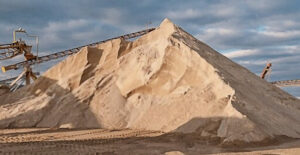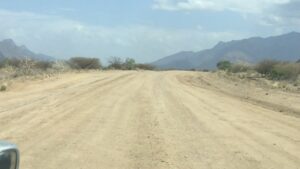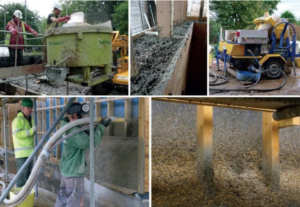A cold joint is an adhesion-adhesion deficiency that visibly occurs at the joining surfaces of these castings into different parts at different times.
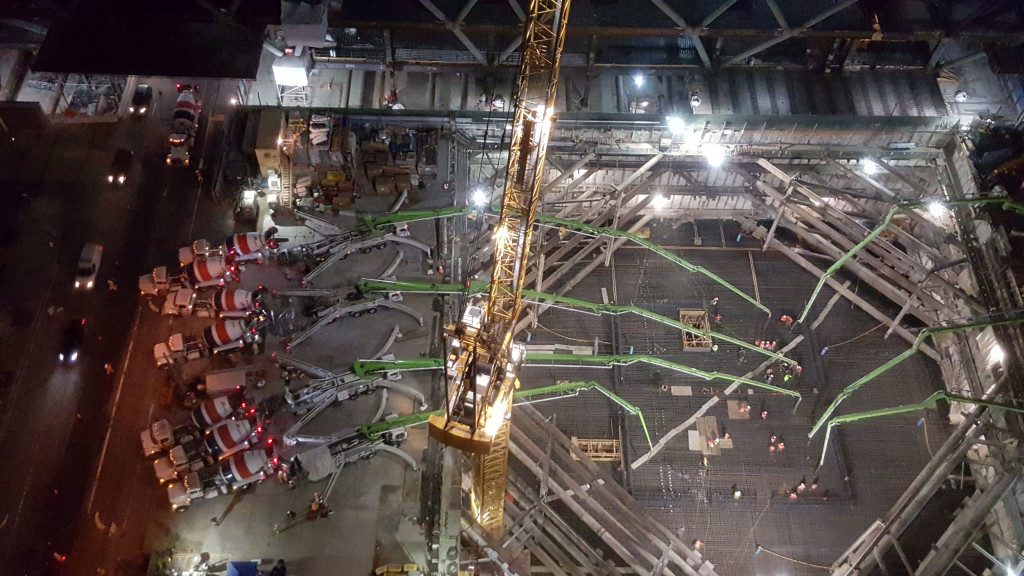
The preferred situation continues without cutting and no element is incomplete. If this is not achieved, there is insufficient adhesion subsequently poured over this concrete, and a manufacturing error called “cold joint” occurs.
In terms of building safety, if the column, beam, platform, and certain elements are mainly exposed to the pressing force, the angle of the cold joint, the concrete-concrete interface with the horizontal is required to be close to 0 °. If the structural element is mostly under the effect of shear forces and bending forces, this angle is required to be close to 45 °.
Why does a cold joint occur?
Concrete mixers do not arrive at the construction site in the expected order during casting (with effects of traffic, density, etc.),
Lack of concrete quantity and understanding that concrete will not be enough,
Any unexpected malfunctions on the construction site (mold openings, workplace accidents)
Formation of segregation and lack of adequate repair of this segregation,
Foreign matter entering the concrete (plastic bags, cardboard, etc.)
Casting as a precaution for different reasons (control of the hydration temperature, etc.),
The casting of foundations and columns, columns and slab-beams at different times,
Unexpected changes in weather conditions,
Time and labor breaks in foundries carried out in large volumes and areas.
As can be seen from the conditions mentioned above, basically “the reason for the formation of cold joints” is that the concrete is not completely poured and a monolithic structure cannot be formed for any reason.
How to prevent the formation of cold joints?
quick pouring of concrete
The most basic way reinforced concrete elements are poured in the most monolithic way possible. For this;
Pour column and beam concretes together as much as possible,
Planning considering the relevant factors for the concrete to reach the construction site,
To ensure that the concrete is poured evenly, i.e. without segregation,
To avoid the presence of dirt, garbage, waste in the concreting area, carry out the necessary cleaning procedures,
Assess the weather conditions well, take no risks in this regard and take the necessary precautions,
Ensure the stability and suitability of elements such as molds and posts,
Unconditionally comply with occupational safety requirements (in any case), What are the damages of the cold joint?
cold joint damage
cold joint
In areas where cold joints are formed, the resistance of concrete against tensile force, which is a problem where the concrete is already weak, decreases, and unexpected conditions occur in cross-section calculations.
For similar reasons, the resistance of the sections against shear stress decreases, and shear collapses can occur in the cold joint sections.
The moment and bending load capacities of the sections decrease due to the above reasons and the structural integrity may be compromised.
Provides permeability to concrete by allowing liquid transfer through these cold Merz voids. It causes spillage in the concrete, greening, and corrosion in the reinforcements.
It creates a poor image aesthetically, which is an important factor in coarse architectural concrete applications.
How to avoid the harmful effects of cold joint?
cold joint construction site2

In all circumstances, it is necessary to strengthen this weak connection between the concrete layers as much as possible and to ensure that these points occur in regions where the moment is at the lowest point or even at zero. Experiments performed to understand the effects of this training have shown that;
The joint formation, the tensile and flexural strength of concrete decreases as the time between concrete casting increases.
Flexural strength tests,
when cold joints are created at an angle of 90 °, specimens break from these cold joints. To minimize damage to the cold joint, the gasket is placed; It should be chosen to be the places where the moment is less, leave them at an angle of inclination of about 45 °, or leave them staggered or running. Reinforcing shots should be left or added in these areas. Also, leaving coarse aggregate in the same area positively affects adherence.
Chemicals such as mold oil must absolutely be prevented from contaminating these cold joints, especially column and beam joints.
Also, places, where cold joints are expected, must be equipped to cope with the necessary stresses. For this, it is necessary to contact the author of the static project of the corresponding project, to carry out the necessary calculations and determine the necessary equipment.
The cold joint, which is formed due to the concretes poured at different times, is the combination of different materials with mechanical properties and contents. Interface;
From the stress concentration in this region,
It is considered the weakest part of the structures due to the decrease in load transfer capacity. Therefore, the load-bearing behavior of the structure is highly dependent on the performance of the cold joint.

